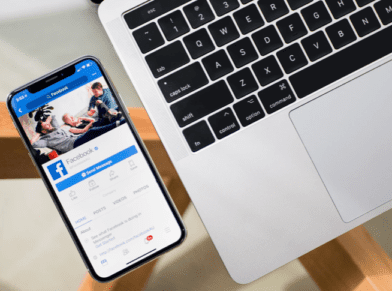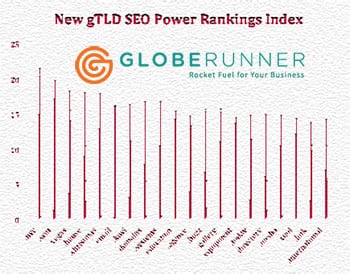PREPARING FOR THE LAUNCH OF NEXT YEAR’S GOOGLE MOBILE-FIRST INDEX

No one tracks trends like Google. It’s a key part of their mission to make changes based on what we search and, more importantly, how we search. These changes typically come in the form of algorithm updates.
For the past few years, mobile searches have outpaced desktop searches. Currently, more than half of all incoming web traffic happens on a mobile device. With no signs of slowing down, Google has been promising to roll out a mobile-first index in response. How will your site be impacted by the imminent mobile-first launch? Ahead, we’ll unpack what indexing mobile-first will change and how to best prepare.
What does the mobile-first algorithm target?
As of now, the desktop version of your site determines your Google ranking. Although, it’s supplemented by the content on your mobile site that’s soon to change.
After the mobile-first update, search engines will initially look to your mobile site when indexing, prioritizing that user experience. Therefore, you could see a dip in traffic if your mobile content is thin or differs from that contained on your desktop site.
Is this the death of desktop? Probably not.
Google has been clear that desktop content will not stop ranking altogether. Instead, in the near future, websites will be indexed based on the mobile version of the site first. This means webmasters should absolutely prioritize the mobile experience if they want to rank well. But desktops won’t be rendered entirely dormant.
When will the new mobile-first update launch?
This is perhaps the most slippery part of the mobile-first initiative. Google has been hinting at the update for years. It was originally poised to launch at the end of 2017. It’s now looking like that’ll happen closer to early or even mid-2018.
There’s also talk of rolling out mobile-first indexing in batches. If so, this would only target mobile-friendly sites for a while.
Even the most learned SEO experts can’t guarantee it won’t occur all at once. However, this quality neutral initiative is designed in hopes of preserving search results or rankings a bit—at least in the beginning. The goal is really two-fold: first to increase the quality of the search. Next, to protect non-mobile friendly sites from a new indexing method that could halt the internet as we know it.
Next Steps
In 2016, Google released a post about mobile-indexing. Whether you’re a webmaster or small business owner, it’s short and worth a read through. After brushing up you may even decide there’s not much if anything you need to do.
If however, you want to be overly prepared, here are four steps you can take, immediately:
- Create a responsive/adaptive site instead of a separate mobile site (ie: m. or /mobi/).
- Mirror all mobile content to your desktop and optimize your images to enhance search.
- Remember that Google prescribes no mobile site over a poorly constructed one. If you’re thinking about rushing through it, think again.
In our web-based world, no business can afford a Google flag. Need help kicking off the process of creating a responsive site? We can help you reorganize your mobile-friendly website in advance of the mobile-first roll out!
























